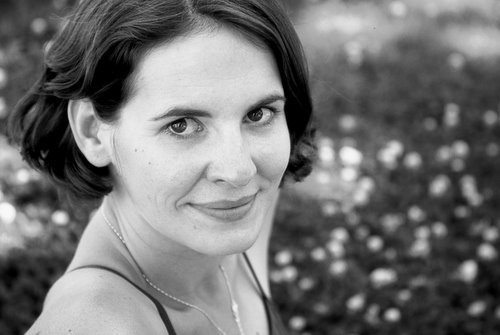A certain sadhu, or wandering monk, would make a yearly circuit of villages in order to teach. One day as he entered a village he saw a large and menacing snake who was terrorizing the people. The sadhu spoke to the snake and taught him about ahimsa. The following year when the sadhu made his visit to the village, he again saw the snake. How changed he was. This once magnificent creature was skinny and bruised. The sadhu asked the snake what had happened. He replied that he had taken the teaching of ahimsa to heart and had stopped terrorizing the village. But because he was no longer menacing, the children now threw rocks and taunted him, and he was afraid to leave his hiding place to hunt. The sadhu shook his head. "I did advise against violence," he said to the snake, "but I never told you not to hiss."
Protecting ourselves and others does not violate ahimsa. Practicing ahimsa means we take responsibility for our own harmful behavior and attempt to stop the harm caused by others. Being neutral is not the point. Practicing true ahimsa springs from the clear intention to act with clarity and love. From the Yoga Journal




